The Syngonium Pink Splash is a stunning variety of the popular Syngonium plant, known for its beautiful pink and green variegated leaves. This plant is not only attractive but also easy to care for, making it a favorite among houseplant enthusiasts. This comprehensive care guide will help you keep your Syngonium Pink Splash thriving.
Introduction
The Syngonium Pink Splash is a member of the aroid plant family, which includes popular varieties like Philodendron, Monstera, and Anthurium. Native to the tropical rainforests of Central and South America, this plant is prized for its vibrant, variegated leaves. Similar to Aglaonema and Epipremnum, the Syngonium Pink Splash is not only beautiful but also relatively easy to care for.
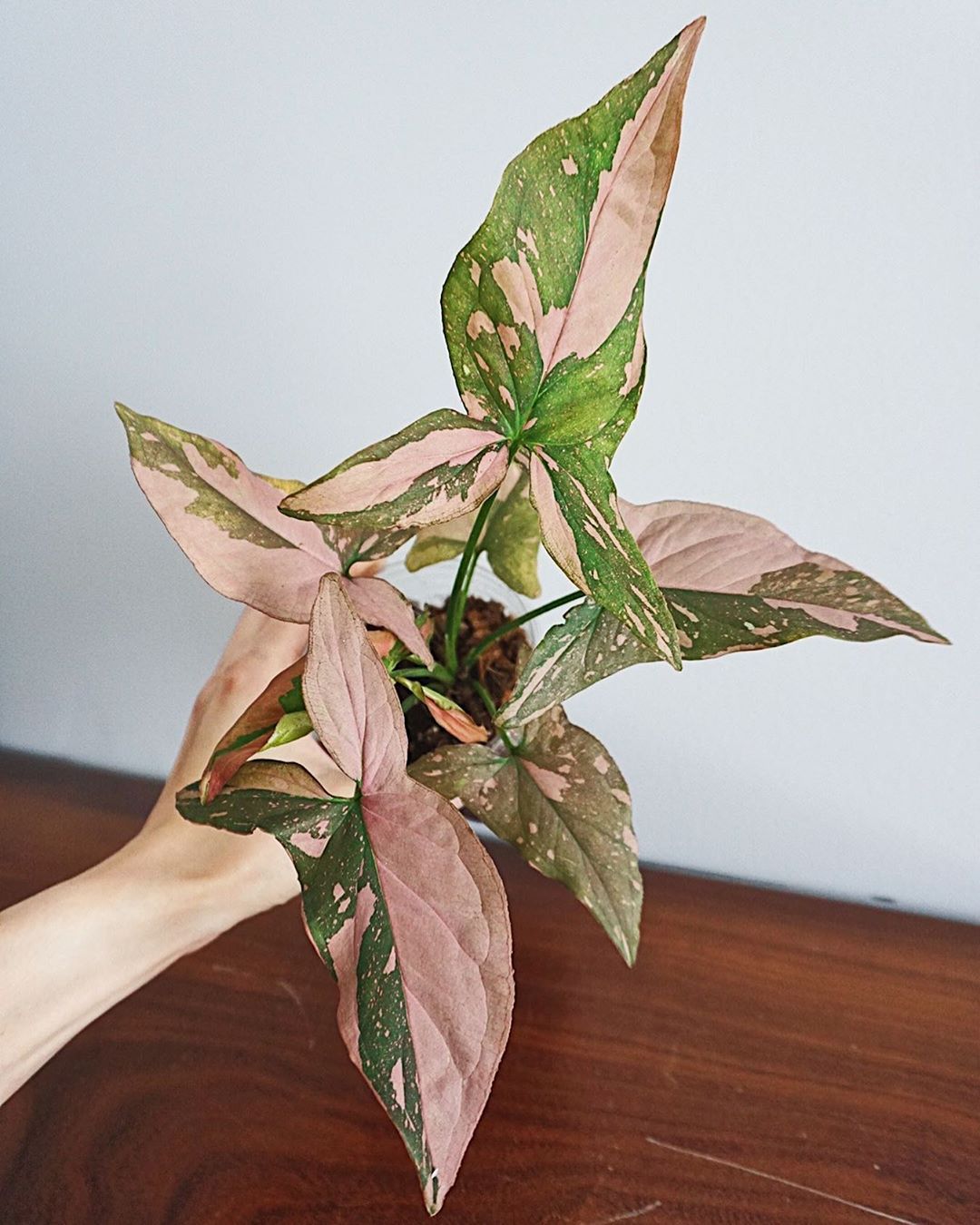
Light Requirements
The Syngonium Pink Splash thrives in bright, indirect light. Some ideal places to situate this plant include:
Near a South- or West-Facing Window
Placing the Pink Splash near a south- or west-facing window provides the right balance of sunshine and shade. Just be sure to shield the plant if afternoon sun becomes too intense, which can scorch delicate foliage.
In a Bright Office or Workspace
The speckled Syngonium does beautifully in a home office, cube, or other indoor work area lit with ample natural and artificial light. Fluorescent office lighting combined with a nearby window supplies more than enough illumination.
Underneath Grow Lights
If natural light is limited in your home, supplement with full spectrum grow lights. LED plant bulbs positioned 8-12 inches above offer full, balanced radiance tailored specifically for indoor vegetation. Rotate the Pink Splash occasionally so all sides receive equal coverage.
“To understand the optimal lighting and other care requirements for your Syngonium Pink Splash, explore our detailed Syngonium Care guide.”
Watering Needs
Allow the top 50-75% of the soil to dry out between waterings. The Syngonium Pink Splash prefers slightly dryer conditions than many tropicals. Take care not to overwater, as soggy soil can cause root rot and other harmful plant diseases. Here are some watering best practices:
Check Soil Dryness
Insert your finger an inch into the potting mix to gauge moisture levels before watering. Damp soil means it’s still too soon, while dry, crumbly earth means it’s time to quench the plant’s thirst.
Always Water Thoroughly
When the Pink Splash needs water, pour it over the soil until it drains freely from the bottom drainage holes. This ensures the entire root zone receives a good soaking while flushing out mineral salts.
Allow Soil to Mostly Dry Out Between Waterings
One deep watering session followed by dryness almost to the point of wilting keeps these plants happiest. Err on the side of underwatering, since soggy soil poses more hazards than slightly arid conditions.
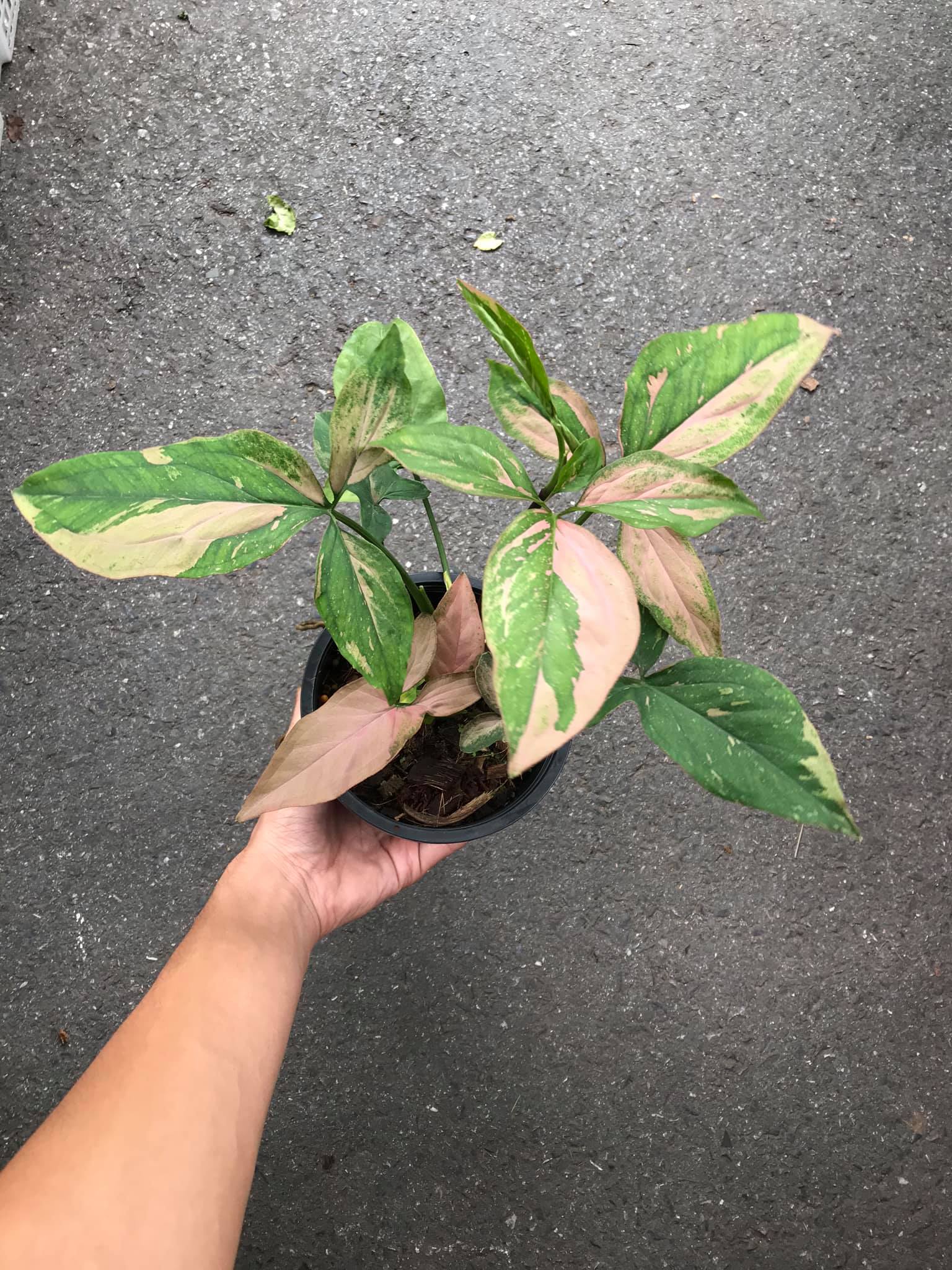
“Discover the Beauty of Nature with Syngonium Pink Splash! Click to Unleash the Splendor in Your Space – Buy Now!”
Ideal Growing Conditions
Syngoniums flourish best in warm, humid environments much like their native tropical habitat. Replicate these ideal growing conditions to keep your Pink Splash looking lush.
Temperature
Daytime temperatures of 65-85°F suit the Pink Splash well. Cooler nights around 50-65°F enable the plant to rest and rejuvenate. Move away from drafty windows or vents blowing direct cold air to prevent chill damage.
Humidity
Misting the plant daily or placing its pot on a pebble tray filled with water can boost moisture levels to an ideal 60% humidity or higher. Low humidity causes annoying leaf tip browning, especially in dry winter months when home heaters zap interior moisture levels.
Air Circulation
Place the Syngonium where air flows freely to prevent fungal leaf diseases. Gently waving leaves distribute nutrients and build stronger stems too. But avoid hot blasts directly from heating/cooling vents to prevent desiccating or freezing the foliage.
Fertilizer Needs
During spring and summer when light and growth increase, begin fertilizing the Pink Splash every 2-4 weeks. Use a balanced liquid houseplant fertilizer diluted to half-strength, or apply a time-release pellet formula as directed. Stop feeding during darker autumn/winter months when plant processes naturally slow down.
Pruning and Shaping
Prune off any damaged, dying, or unsightly growth to maintain the plant’s attractive appearance and direct energy into new foliage production rather than decline. Snip back wandering vines or “air roots” to contain and shape the Pink Splash’s spread as desired too.
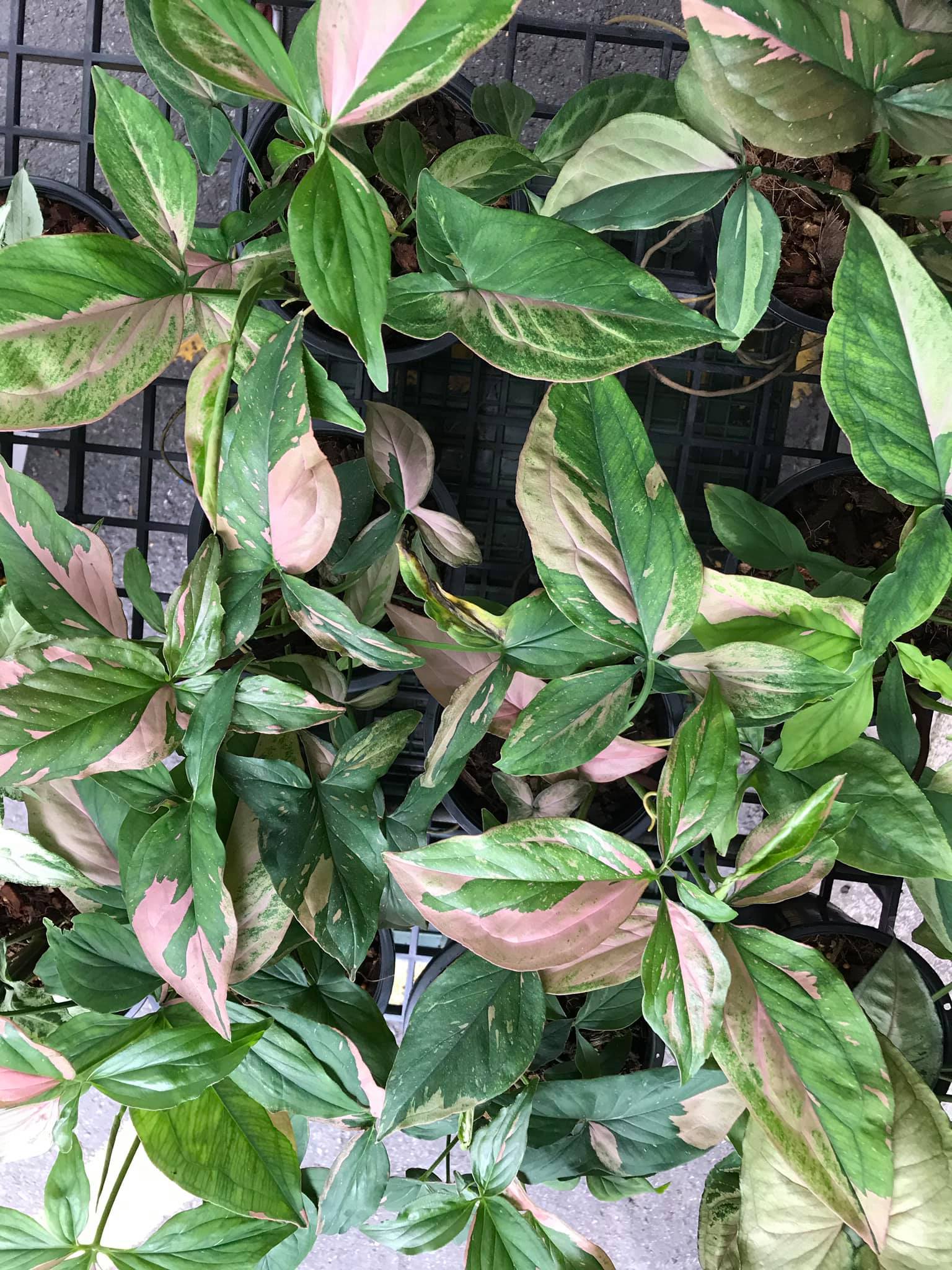
Propagating Pink Splash Syngoniums
Propagating these pretty arrowheads from stem cuttings is quite straightforward:
Taking Cuttings
Use a sterilized, sharp knife or pruners to detach a section of healthy stem 8-10 inches long. Ensure it has at least 3 leaves still attached for best results.
Preparing Cuttings
Trim leaves and aerial roots halfway back to reduce moisture demands. Dip the bare end in water-soluble rooting hormone powder to spur quick root formation, then shake gently to remove excess.
Planting Cuttings
Insert stems 2-3 inches deep either in pots filled with propagation mix or suspended over jars filled with water. Keep in bright, warm area out of direct sun until new growth emerges, then transplant into potting soil.
Troubleshooting Common Issues
Though generally robust, a few issues may trouble these tropical beauties. Here is some troubleshooting advice for common challenges with the Syngonium Pink Splash:
Leaf Spotting or Wilting
If dark specs or mushy black spots appear on the foliage or it starts shriveling, overwatering could be to blame. Ease off on watering frequency to allow soil to dry more before each drink. Trim away severely affected leaves to prevent spreading infection.
Leaf Tip Browning
Dry brown edges typically result from low humidity. Boost levels around the Pink Splash by misting, using a pebble tray, or moving it to a naturally humid room like the bathroom or kitchen. Keep away from heating/cooling ducts blowing hot or cold air directly on the plant too.
Leggy Growth
If stems elongate and fewer leaves grow from each node, insufficient light is the issue. Place the plant nearer or directly in front of a sunny window and rotate occasionally for even exposure to keep it shapely and full. Grow lights also supply supplemental radiance for improved growth habits.
“For more insights on common issues and their solutions for Syngonium plants, delve into our Syngonium Overview.”
Conclusion
With its spectacular pink-splotched foliage, trailing stems perfect for hanging pots, and easygoing nature, the Syngonium Pink Splash brings lively indoor charm. Provide this tropical specimen with bright filtered light, moderate watering upon soil dryness, warm and humid conditions, occasional fertilization, and periodic pruning as needed to keep it growing strong. Then enjoy this beautiful plant’s decorative accents for many years to come!
FAQ
- What is a Syngonium Pink Splash? The Syngonium Pink Splash is a popular variety of the Syngonium plant, known for its striking pink variegated leaves. It’s a tropical plant native to rainforests in Latin America.
- How do I care for my Syngonium Pink Splash? This plant thrives in bright, indirect light and prefers a humid environment. Water it when the top inch of soil feels dry, and avoid overwatering. Regular misting helps maintain humidity.
- Is Syngonium Pink Splash toxic to pets? Yes, like most Syngoniums, the Pink Splash is toxic to pets. It contains calcium oxalate crystals which can cause irritation and swelling if ingested by animals.
- How often should I fertilize my Syngonium Pink Splash? Fertilize your Syngonium Pink Splash every month during the growing season (spring and summer) with a balanced, water-soluble fertilizer. Reduce feeding in fall and winter.
- Can the Syngonium Pink Splash be propagated? Absolutely! You can propagate the Syngonium Pink Splash by stem cuttings. Place the cuttings in water or moist soil until they develop roots, then transplant them into pots.


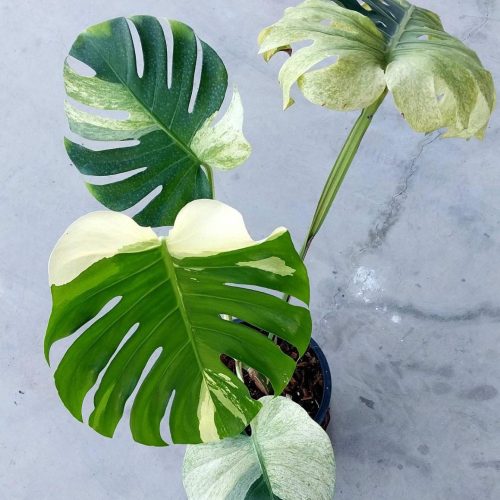



![12x Monstera Borsigiana Albo half leaves variegata [3-4 leaves]](https://greenboog.com/wp-content/uploads/2024/10/Monstera-Borsigiana-Albo-half-leaves-variegata-1-500x500.jpg)
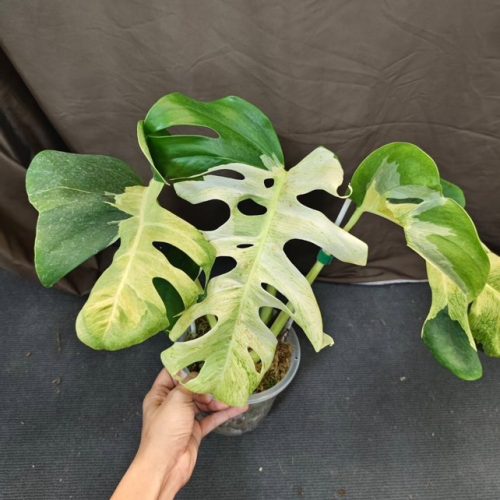

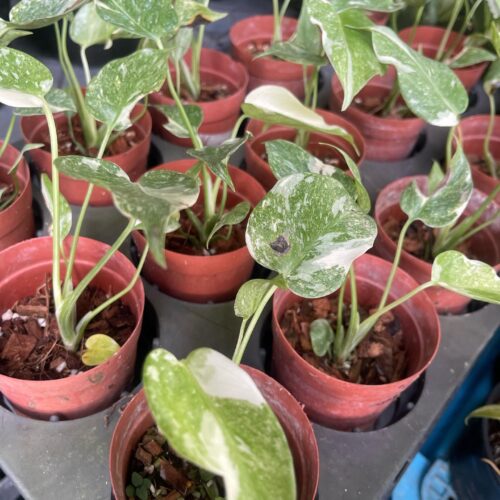
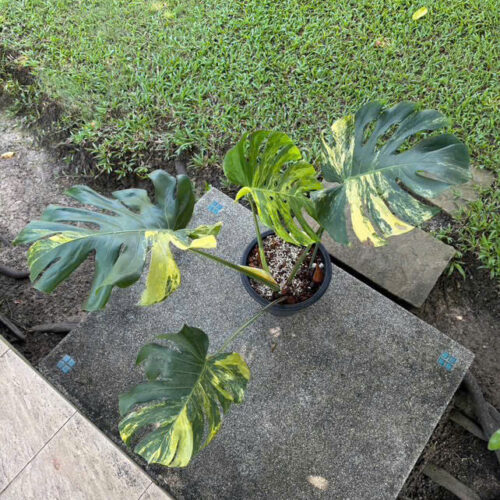
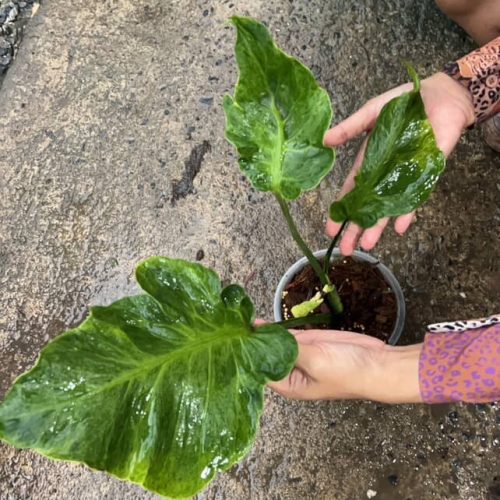
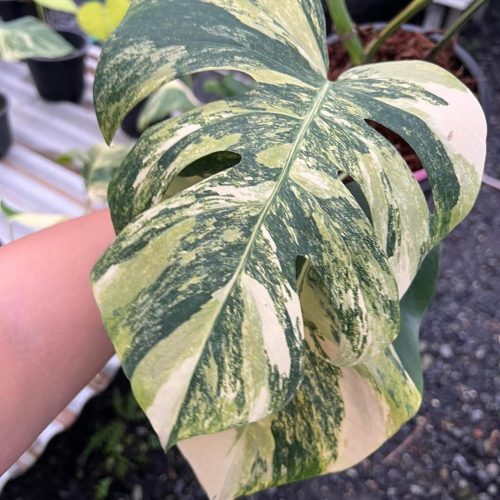

![10 Pots x Monstera Aurea Variegated / Mix Aurea tri color 3-4 leaves [well variegated]](https://greenboog.com/wp-content/uploads/2024/08/Monstera-Aurea-Tri-color-500x500.jpg)

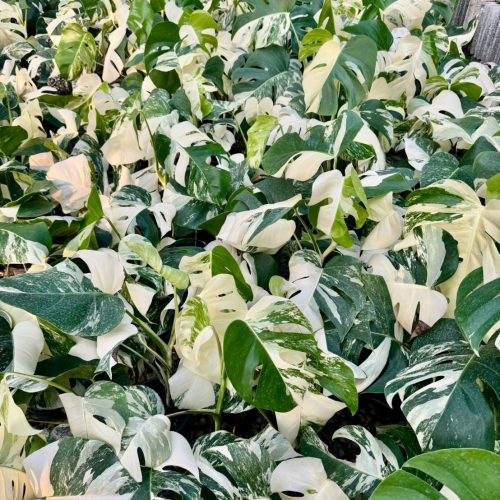
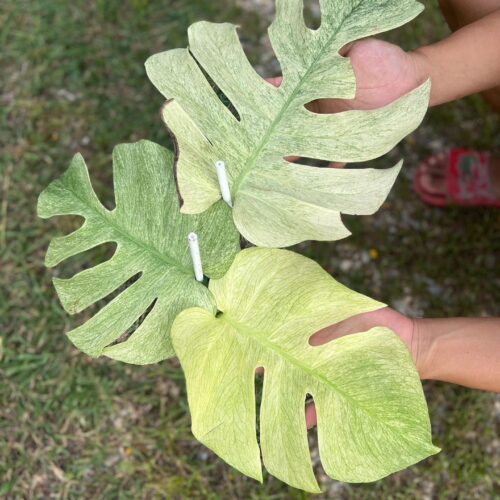
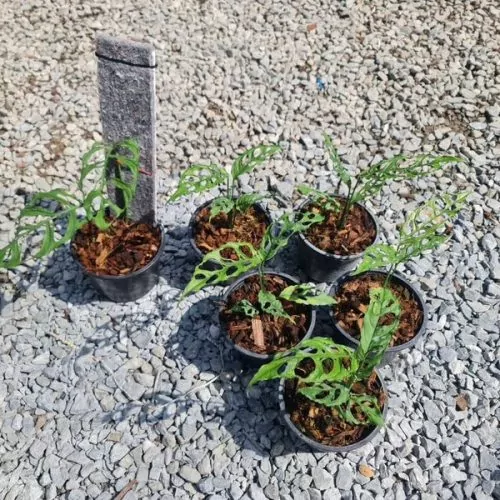
![[SALE] 10 Pots x Monstera Aurea Variegated 3-6 leaves [Medium size]](https://greenboog.com/wp-content/uploads/2025/01/Monstera-Aurea-variegated-4-6-leafs-500x482.jpg)

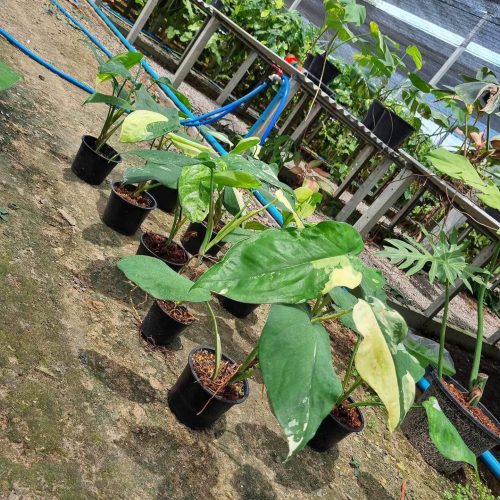
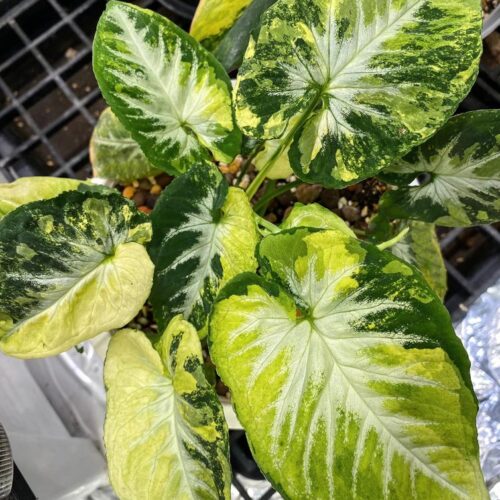
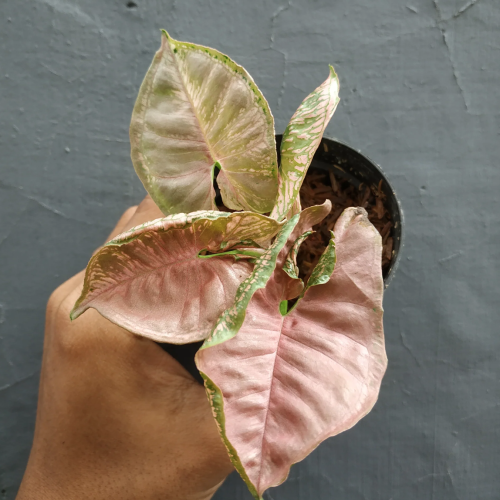
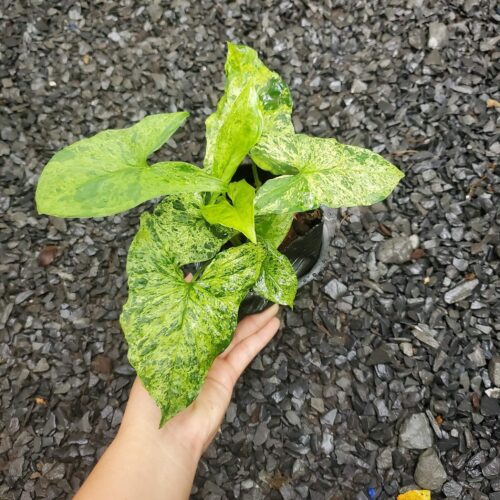
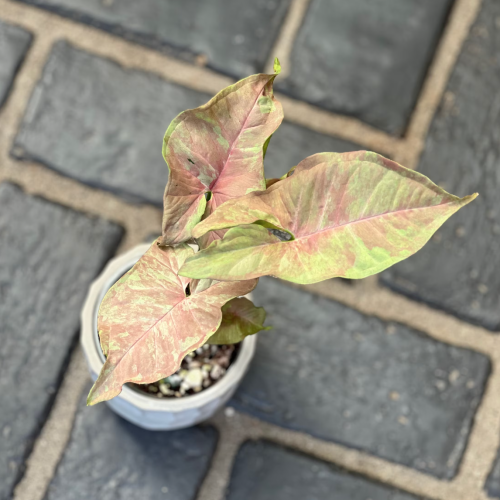

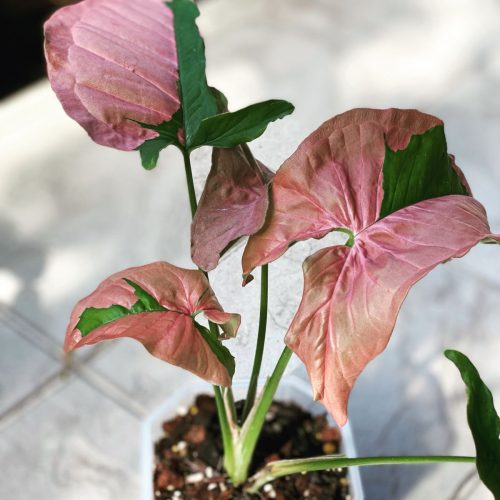


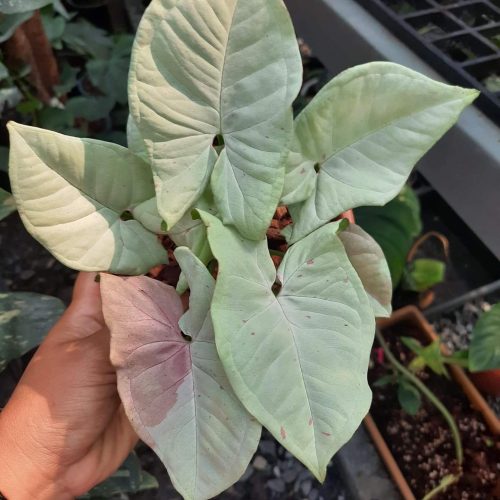

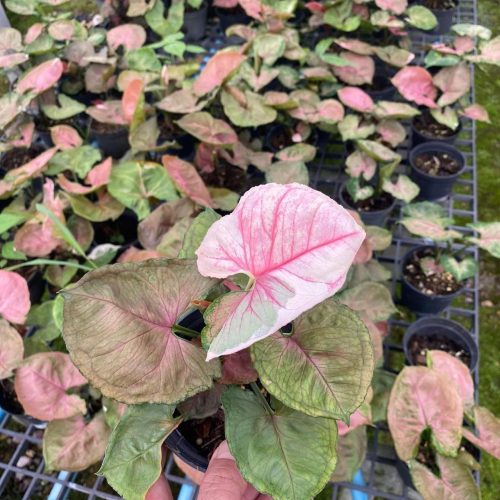
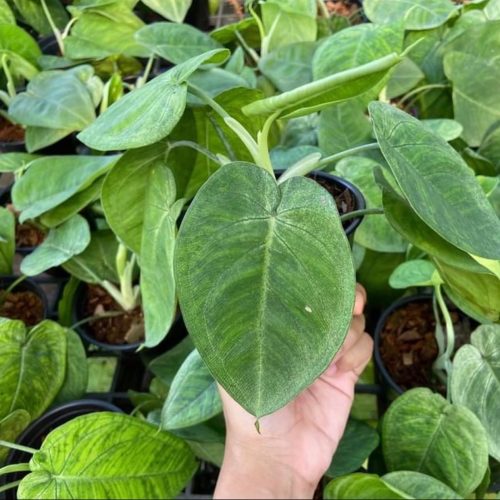
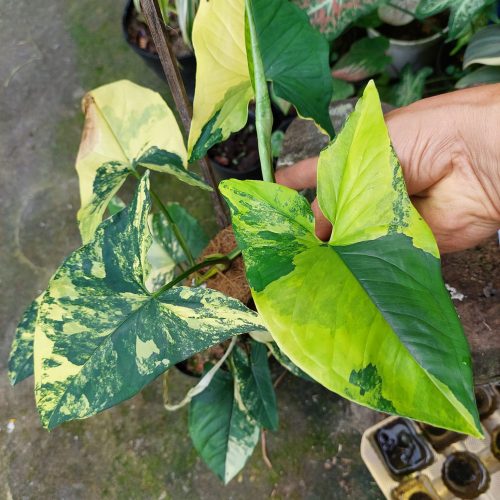
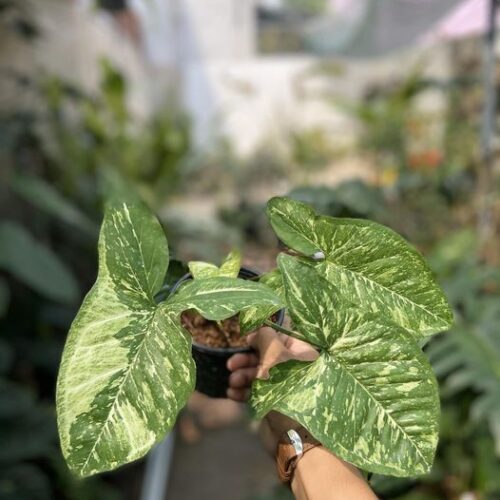
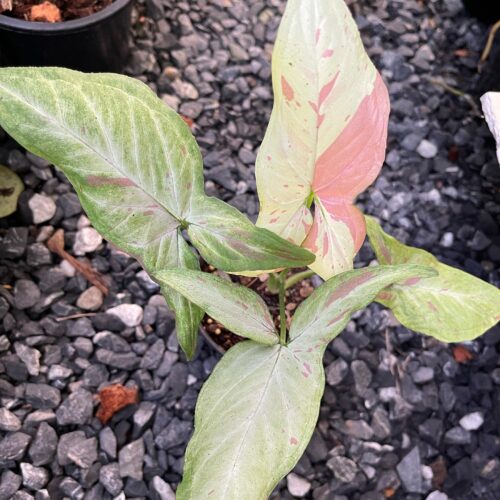
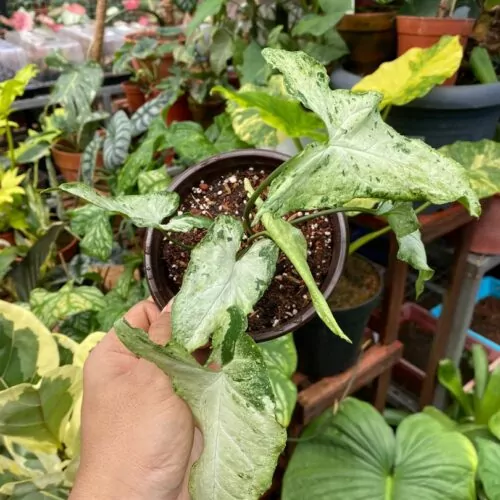

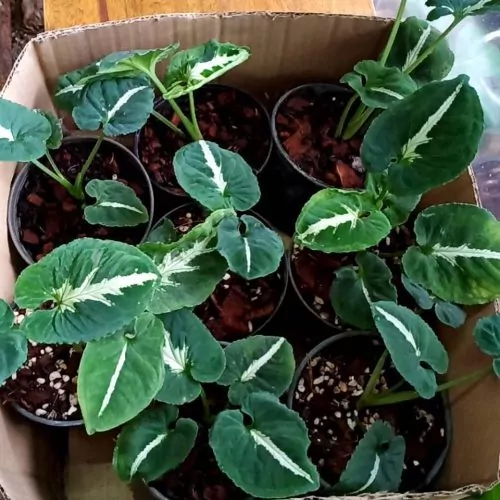

What does it mean if my leaves are just coming out all pink … No splash on the last 2 leaves.